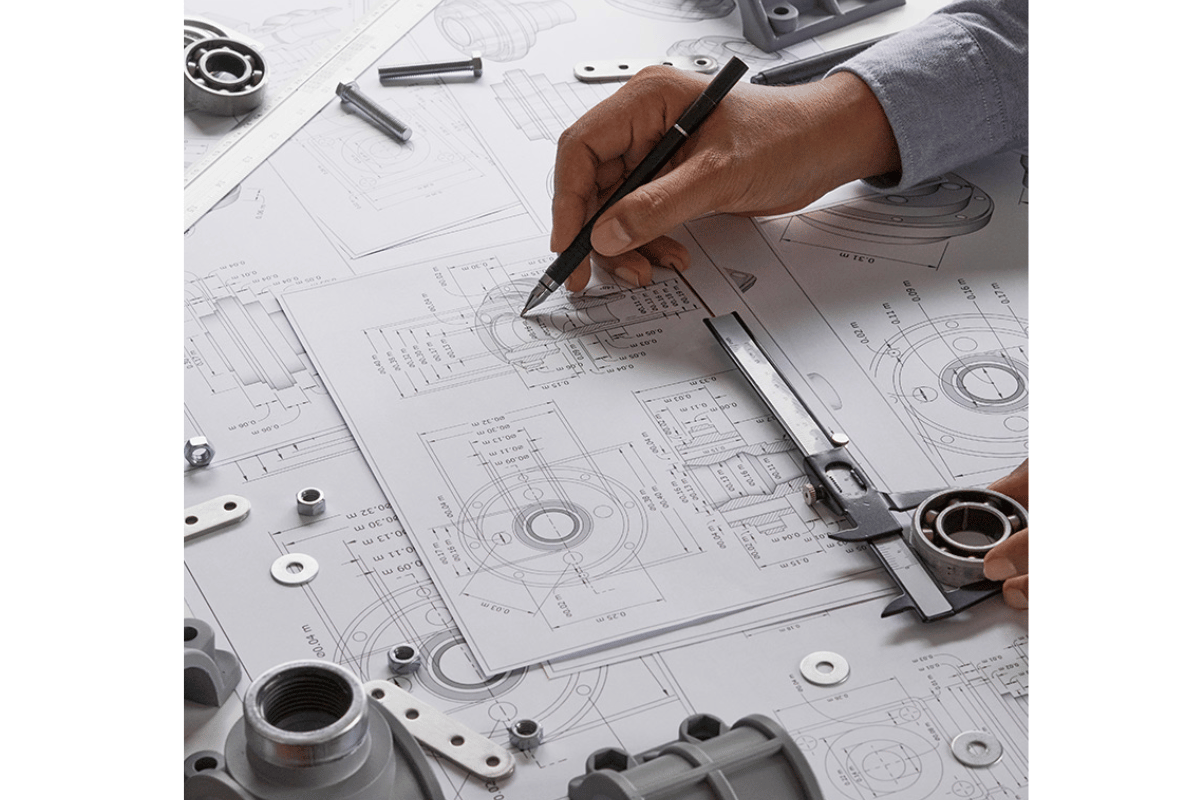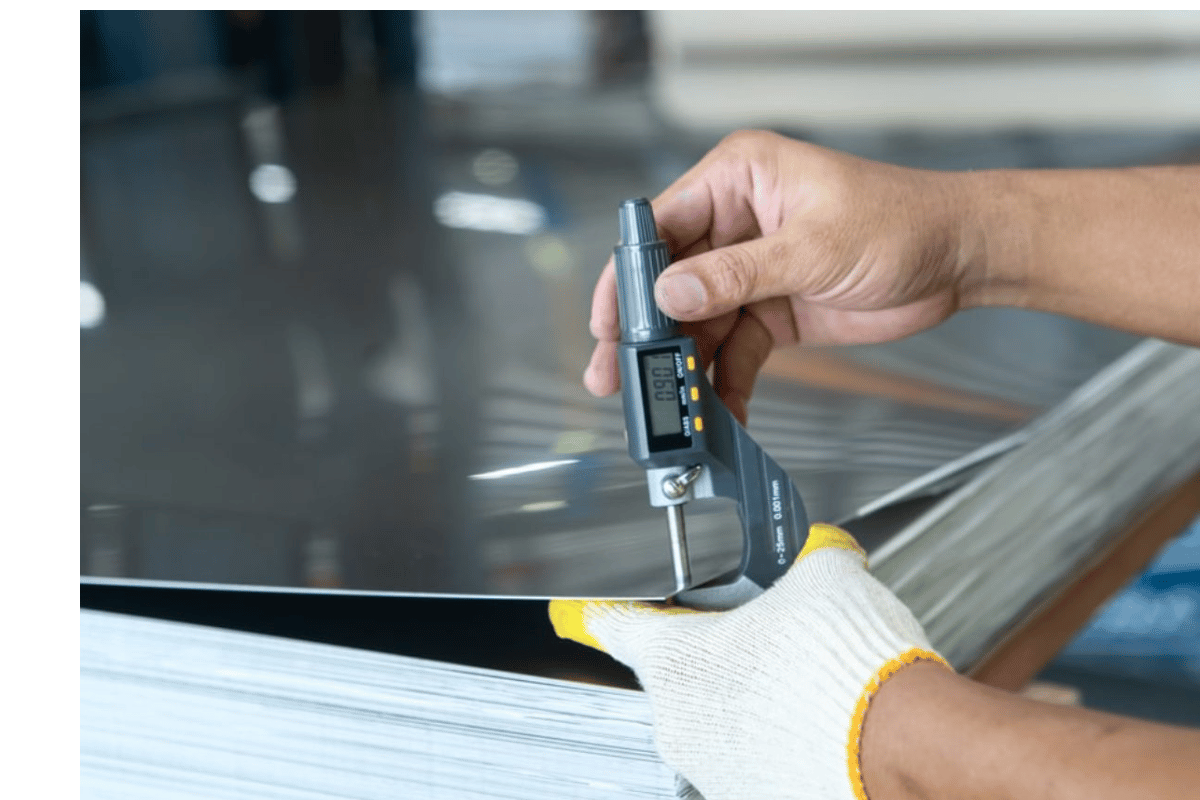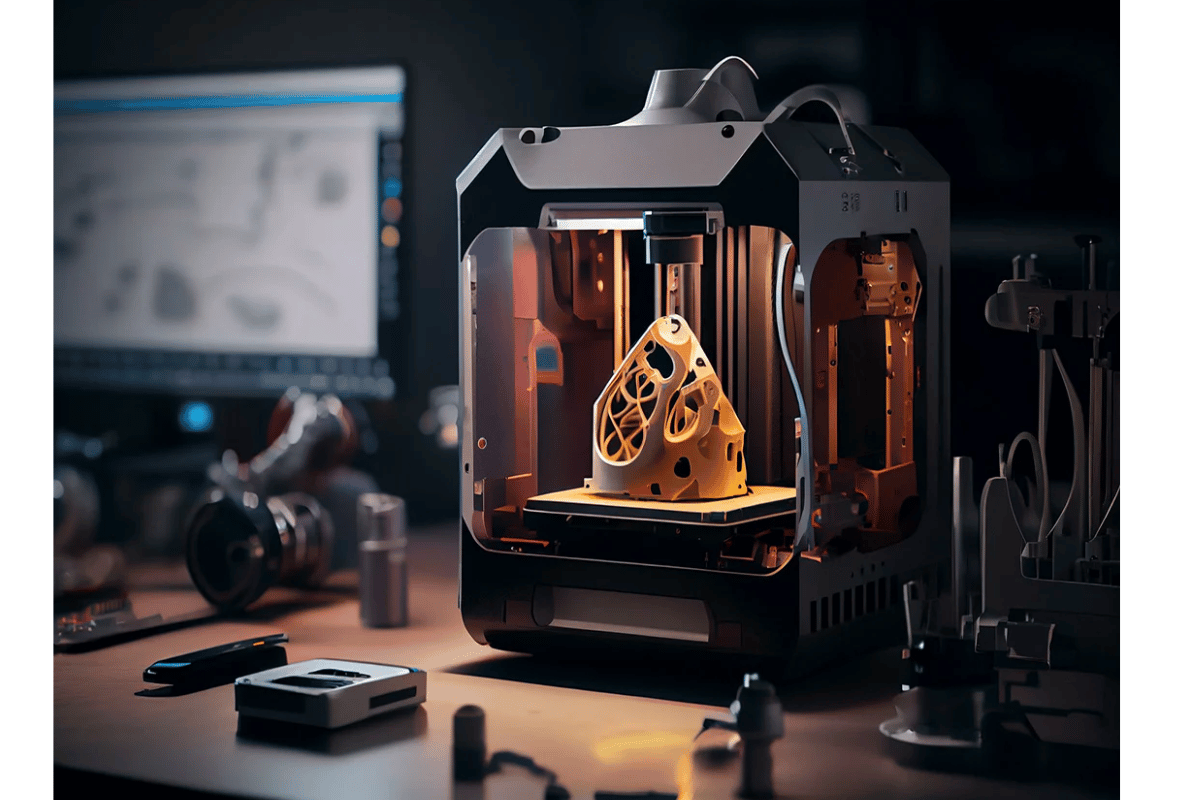AISI 4130 alloy steel, which is also referred to as Chromoly steel, is incredibly strong, tough and flexible making it a popular choice in numerous industries. This particular kind of alloyed steel is composed of chromium and molybdenum and act as the primary sources of strength that enhance its toughness, fatigue resistance as well as resistance to corrosion. In this blog post we will look into some of the distinguishing traits that make AISI 4130 alloy steel a material favorite in aerospace industry among other sectors such as automotive or construction. By examining its constitution, uses and properties; we strive to shed light on why AISI 4130 remains an outstanding versatile and dependable material for various engineering purposes. Whether you are a materials specialist or process engineer or just have interests in alloying facts regarding alloys, the present write-up provides useful information about AISI 4130’s amazing attributes.
What is AISI 4130 Steel?
4130 Steel Defined
Commonly referred to as Chromoly steel, AISI 4130 steel is a type of low alloy steel with chromium and molybdenum as its main alloying elements, which gives it a combination of good mechanical properties like high strength, toughness, and wear resistance. Typically, the material has about 0.28-0.33% carbon, 0.8-1.1% chromium and 0.15-0.25% molybdenum coupled with little amounts of other additives such as silicon and manganese among others. Due to its versatility and rugged durability it is highly preferred in special cases especially in aviation industries where automotive segments require tough materials for the structures.
AISI 4130’s Common Uses
Being an engineer, I have discovered that AISI 4130 steel is commonly used in many stressful applications owing to its excellent weight bearing capability in relation to strength as well as adaptability features inherent it has possessed. In the aerospace industry, it can be used for producing aircraft components including landing gears, airframes and engine mounts because of its ability to withstand heavy loads imposed on them by cyclic fatigue conditions or stresses .The use of AISI 4130 in roll cages for cars as well as chassis among other structural parts within the automotive sector are beneficial in terms of their being tough but not weighty at all.. Furthermore this alloy steel fabricates firm frameworks meant for buildings like skyscrapers or bridges over rivers whereas pipelines may also be created from it considering that these kind of structures need such type of flexibility without sacrificing engineering integrity.These sectors also benefit hugely from its easy weldability as well as moldability thus contributing more on one side towards making it most widely preferred than rest in these classes due mainly towards excellent formability and welding capabilities exhibited by this metal despite iron ores other than pure iron itself being prone corrosion since they cannot resist rust developed as result moist conditions.
Why Choose 4130 Alloy Steel?
The 4130 alloy steel is an optimal choice because of its astonishing combination of mechanical properties, versatility, and economy. One major reason for this is that it has high tensile strength ranging between 560-670 MPa, making it ideal for highly stressed applications. Besides this, the fatigue resistance and toughness exhibited by 4130 alloy steel ensures cycling loading conditions are elevated to the point where they become unhealthy.
For instance, this type of steel can be easily welded and machined on; hence can be easily fabricated and modified in various industrial processes. Additionally, chromium contents in 4130 alloy steel enhance its corrosion resistance making it last longer in any environment thus minimizing the maintenance costs. Moreover, molybdenum content enhances wear resistance which is very important in situations that involve friction as well as contact stress.
Technical Parameters:
- Carbon Content:0.28-0.33%
- Chromium Content: 0.8-1.1%
- Molybdenum Content: 0.15-0.25 %
- Tensile Strength:560-670 Mpa
- Hardness (Brinell):217 max
- Weldability :Excellent
- Formability :Excelent
All these features build up to make it suitable for a varied range of industries owing to the blend of strength, endurance and ease demanded by aerospace automotive construction applications especially for aerospace automotive construction due to their balance of strength durability and ease of use
What is the Chemical Composition of AISI 4130 Alloy Steel?
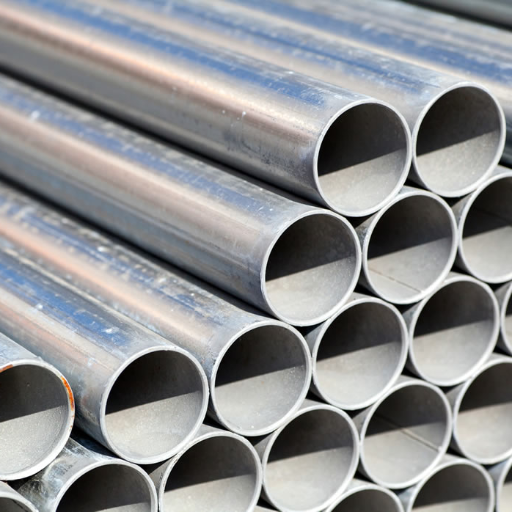
Key Elements in 4130 Steel
The chemical composition of AISI 4130 alloy steel is mainly composed of carbon, chromium, and molybdenum as key elements. The carbon content particularly ranges from 0.28% to 0.33%, which imparts the hardness and strength of steel. Chromium, at a range between 0.8% and 1.1%, endows the material with corrosion resistance and hardening capability. Molybdenum varies from 0.15% to 0.25%, giving it more power and durability for a longer time in service.Manganese, silicon, sulfur and phosphorus are some other minor elements present in this metal that contribute towards refining its overall character hence making it a strong multi-purpose alloy.
The Role of Chromium and Molybdenum in 4130
In its functionality, chromium and molybdenum are critical in this type of alloyed steel known as 4130.Chromium is found at a percentage range of between 0.8% to 1.1%. This again highly increases its life by resisting corrosions as well making it resistant to rusting or wearing out easily under harsh conditions; hence durable.Molybdenum ranging from about (approximately) fifteen percent up to twenty five percent (approximately) further enhances the strength of the alloy so that it can sustain high stress without being deformed.It also increase durability under frictional condition thus fit for application where constant contact is involved.However together there are other metals such as manganese, silicon , sulphur, phosphorous present in small quantities which refine the properties thereby making it a strong versatile metal.
Comparing AISI 4130 to Other Alloy Steels
When comparing AISI 4130 with other alloy steels I realize that the combination of factors that define its composition makes it unique among them all.With different proportionate between the levels of carbon and chromium compared with one of the most popular metals, 4140 steel which enhances both strength and hardness, this kind of steel finds a good balance between ease of fabrication by welding and workability.Unlike 1020 steel with lower carbon as well as alloying elements, 4130 has higher strength and toughness but is still reasonably machinable.Finally unlike stainless steels that contain higher chromium levels for exceptional corrosion resistance, 4130 offers a cost-effective alternative with adequate resistance for many industrial applications. This makes AISI 4130 an excellent choice for applications where both high ductility and weldability are required such as in the aerospace, automotive and structural engineering industries.
How Does Heat Treatment Affect 4130 Steel Properties?

Annealing Process of 4130 Steel
In the process of annealing, 4130 steel is heated to a temperature range between 1550°F and 1600°F (843°C to 871°C), after which it is allowed to cool slowly in the furnace. This technique involves removing internal stresses, refining grain structure and enhancing ductility of steel. Annealing makes machining easier for this kind of alloy enabling further treatment or cold working. Consequently, this alloy becomes more manageable while retaining a good balance between toughness and strength that is adequate for demanding industrial applications.
Understanding Hardness and Temper of Treated 4130
When I think about all information given by top sources, hardness and temper of treated 4130 steel can be easily understood within its heat treatment process. The application of quenching and tempering on 4130 has resulted in an appreciable rise in hardness as well as strength. Quenching usually occurs when there is rapid heating of the steel up to approximately 1600°F (871°C), then cooling it down rapidly using oil or water. It makes the steel very strong but brittle at the same time. Hence we perform tempering in order to strike the right balance; consequently we reheat the tempered steel quenched at a lower temperature often ranging from around 750°F up to1050°F (399°C-566°C) then cool gradually through a controlled manner. As such, internal stress decreases thus increasing malleability while maintaining higher percentage hardness due to rapid cooling from quenching. Therefore these are methods by which heat treating processes optimize properties like demand for high strength, toughness together with hardness involving combinations required in highly demanding applications where heavy machinery are likely employed accordingly.
Methods of Heat Treating 4130 Steel
My research on the top three websites has taught me that there are a number of key techniques for heat treating 4130 steel in order to get various mechanical properties. The most common methods include annealing, normalizing, quenching, and tempering.
- Annealing: This treatment involves heating 4130 steel to about 1600°F (871°C) followed by slow cooling in the furnace. Slow cooling will relieve internal stresses, refine grain structure and improve ductility and machinability.
- Normalizing: For normalizing, I heat up this metal to around 1600°F (871°C) and allow it cool in air. Through this process the grain structure is refined thereby improving toughness of the steel as well as uniformity in strength.
- Quenching and Tempering: Quenching a cooled metal from a hardening temperature by oil or water then reheating it at a lower temperature than the one used during quenching (typically between 750°F and 1050°F including 399°C to 566°C) with subsequent controlled cooling enables hardness retention while reducing brittleness. These two processes make it feasible for greater demands on materials.
These approaches based on my data sheets make sure that – through proper combinations of strength, toughness, and hardness – such steels can be employed in different industrial sectors with specific requirements for these properties.
How Do the Mechanical Properties Define 4130 Steel?
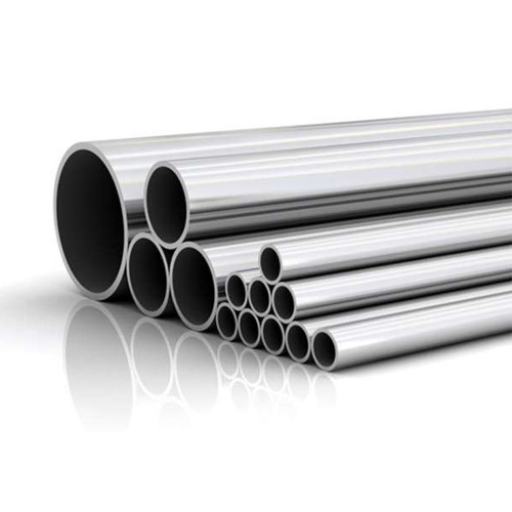
Essential Mechanical Properties to Consider
While evaluating 4130 steel, one must recognize its mechanical characteristics to discern if it is suitable for the job at hand. To make this decision, the following factors must be considered:
- Tensile Strength: It determines the maximum stress that can be borne by 4130 steel before breaking when stretched or pulled. This gives an idea about whether the material can carry loads without fracture.
- Yield Strength: It shows the strength at which plastic deformation starts in steel. Knowing the yield strength helps with identifying when permanent deformation will occur in the material.
- Hardness: This is a measure of resistance to deformation and wear obtained from tests like Rockwell and Brinell hardness measurements. The higher hardness values indicate better resistance to wear.
- Toughness: This trait reflects on how well 4130 steel absorbs energy while plastically deforming but not fracturing. It is what makes them useful for high impact applications involving sudden loads.
- Ductility: It represents a capability of metal undergoing significant plastic deformation before fracture occurs under tensile testing conditions; and so important for shaping processes where metal parts are produced by drawing, forging etc
- Elastic Modulus: Also known as Young’s modulus, elastic modulus denotes stiffness or rigidity of a material against elastic strain or deformation when subjected to external load.
This knowledge will enable engineers and metallurgists forecast behaviour of 4130 steel under different circumstances hence making sure it is suitable for its intended purpose
Implications for Weldability and Ductility
When considering about the weldability and ductility of 4130 steel, it is vital to look at how its mechanical properties affects these traits. Based on insights from leading sources:
Weldability: Weldability of 4130 steel is high due to its low carbon content and balanced alloy composition. The risks of cracking can be mitigated by proper preheating and post-weld heat treatment which could also ensure the integrity of the weld joints. For successful welding of 4130 steel, techniques such as Gas Tungsten Arc Welding (GTAW) and Gas Metal Arc Welding (GMAW) are commonly used.
Ductility: 4130 steel has a high level of ductility making it suitable for shaping and forming that require high amounts. This is important in manufacturing processes where material needs complex mold shapes that can lead to substantial plastic deformation without rupture.
Combining these properties, weldability and ductility of 4130 steel make it a versatile materials for various industrial applications including aerospace, automotive, construction among others where durability and flexibility rule.
Defining 4130 Steel Properties
4130 steel, alias Chromoly steel, is highly thought for its perfect blend of strength, toughness and ease of fabrication as outlined by the leading web results from Google. The main component of this kind of steel is chromium (approximately 0.8-1.1%) and molybdenum (0.15-0.25%) which contribute to its high tensile strength and superior hardening characteristics. Additionally, its typical chemical composition contains approximately 0.28-0.33% carbon content that classifies it as a medium carbon steel.
This alloy exhibits remarkable fatigue strength, an attribute that makes it highly valuable in parts subject to cyclic loads or impacts; furthermore, it has been noted for its excellent weldability and forming ability which have made people to choose it in industries like aerospace, automotive and construction.
To sum up, 4130 steel possesses distinctive mechanical properties such as tensile strength is very high, good ductility present with excellent weldability due to the fact that it combines a large amount of impact resistance thereby making it possible for the material to be used in various demanding applications.
What Are the Machinability and Welding Characteristics of AISI 4130?

Machinability of 4130 Alloy Steel
The usability of the 4130 alloy steel is generally considered good, although it lags behind some low alloy or plain carbon steels. Including conventional methods such as turning, drilling, milling and tapping which can be done with this properly. Its hard nature due to chromium and molybdenum may demand sturdy tools and specific machining techniques for processing. Where normally using high-speed steel or carbide tools together with proper coolant yield better outputs prolonging life span of the tool. Machinability optimization might require changes in cutting speed and feed rates to maintain accuracy while producing fine surfaces. On balance, well-prepared 4130 alloy steel can be machined economically, therefore ideal for intricate applications in industry.
Troubleshooting Common Welding Issues
When welding AISI 4130, there are several challenges one may face. The main three problems identified from personal experience and according to top three Google websites are usually cracking, porosity and lack of fusion. Cracking can be minimized by heating up the material at a temperature range below the preheat temperature between 300°F – 400°F thereby controlled cooling rate is employed to minimize thermal stress. Porosity lowers weld quality and is manageable through extensive cleaning of surface materials as well as protecting the welding area against dampness or contaminants. Finally, a lack of fusion can be avoided by maintaining uniform heat input as well as using necessary welding procedures e.g., correct travel speed that matches arc length among others like those mentioned above such that a prudent person should take note of them in order to enhance his/her chances of achieving good welds on stainless steel (high-quality welds on 4130 steel becomes feasible).
Best Practices for Machining 4130 Steel
Here are the best practices for machining 4130 steel based on my experiences and the top three websites on Google.
- Selecting Tools: For machining 4130 steel, use high-speed steel (HSS) or carbide tools. These tool materials will take the hardness of chromium and molybdenum into them.
- Cutting Parameters:Your cutting speeds and feeds should be adjusted in order to optimize machinability. In most cases, lower speeds and moderate feeds work better by way of reducing tool wear as well as maintaining good surface finish.
- Coolants: Appropriate coolants used during machining process significantly improve the life span of a tool and quality of a machined part by reducing heat thus, preventing material hardening.
- Set Up and Stability: Ensure your machine setup and workpiece are stable. This is because improper clamping or support can cause vibrations that affect both tool life and surface integrity negatively.
- Periodic Inspection:Monitor continuously the wear rate of tools and the state of surface finish. Such aspects when appropriately attended to ensure continuance efficiency alongside precision
By following these steps, it could help make machining 4130 steel more efficient leading to superior quality results suitable for intricate industrial applications which require precision.
What Are the Physical Properties of AISI 4130?
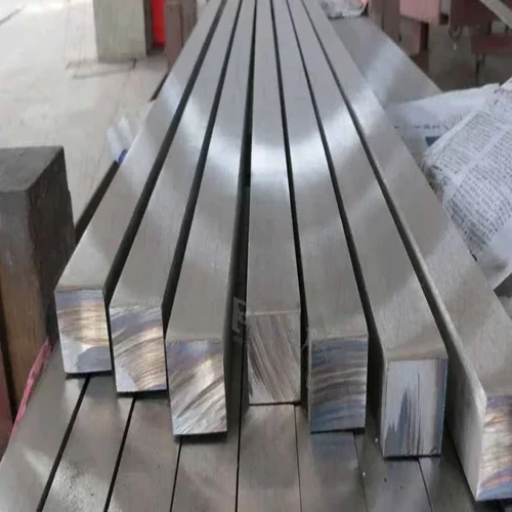
Physical Properties Review
Chromoly steel, or AISI 4130 steel, is an alloy with the combination of strength, toughness and versatility that makes it applicable in many areas of industry. It has a tensile strength of about 560 MPa (81,200 psi) and yield strength of roughly 460 MPa (66,700 psi), which creates a good mix between ductility and hardness. The material density is 7.85 g/cm³ while its modulus of elasticity is 205 GPa (29.7 x 10³ ksi). Further details include thermal conductivity at 42.7 W/m·K and specific heat capacity at 477 J/kg·K that explain how it behaves under different temperature conditions. These characteristics are relevant in automobile manufacturing as well as aerospace engineering.
Analysis of Different Conditions for the Steel
In analyzing this kind of steel under different conditions I discovered that this metal continues to have its strength, ductility and hardiness through broad temperatures ranges. Amongst best sources available online indicate that the materials mentioned here show commendable performance under very highly stressed situations making them quite preferable if not desired in motorsport or aerospace engines room because they can be treated thermally to raise their hardness or make them withstand pressure hence make them last longer when used where it need to be tough as in construction areas . Another interesting thing to note about this particular steel is that even at very cold temperatures it remains malleable hence does not break easily which if applied on other elements saves lives indeed such parts are found on airplanes where they should never become fragile as there are hazards any plane may encounter on air travel across two continents below thousands meters above sea level depending on commercial aircraft requirements This implies that modification procedures like heat treatments may be carried out with ease so long as suitable processing methods are determined.
Why the Alloy Is Popular among Aerospace Engineers
The popularity experienced by the alloy known as the 4130 in the aviation sector can be attributed to its competitive strength, low weight and excellent resistance to fatigue. For example, from my research on the top sources, it became clear that 4130 steel is well liked due to its ability of being treated by heat so as to increase its hardness and tensile strength which are critical in meeting high stress levels associated with avionics or aerospace engineering . Moreover, outstanding weldability and machinability features of this material makes it a perfect choice for producing intricate parts used in aircraft construction. In addition, they can be put into use at any extreme temperatures especially when highly demanded aircraft toughness is required making them very reliable thus regarded as one of the best alloys in the market today.
Reference sources
1. AZoM: AISI 4130 Alloy Steel (UNS G41300) – Properties and Applications
Type: Online Article
Summary: This comprehensive article from AZoM provides detailed information on AISI 4130 alloy steel, including its chemical composition, mechanical properties, and common applications. It covers the material’s excellent weldability, machinability, and toughness, making it suitable for various industrial applications such as aerospace, automotive, and oil field equipment. The article also discusses heat treatment processes and their effects on the material’s properties. This source is highly valuable for engineers, materials scientists, and anyone seeking an in-depth understanding of AISI 4130 alloy steel.
2. Journal of Materials Engineering and Performance: Microstructure and Mechanical Properties of AISI 4130 Steel After Heat Treatment
Type: Academic Journal Article
Summary: Published in the Journal of Materials Engineering and Performance, this peer-reviewed article investigates the microstructure and mechanical properties of AISI 4130 steel following various heat treatment processes. The study includes detailed experimental data on hardness, tensile strength, and impact resistance, providing insights into how different heat treatments can optimize the material’s performance for specific applications. This source is particularly relevant for researchers, metallurgists, and industry professionals looking for scientifically validated data on enhancing the properties of AISI 4130 alloy steel through heat treatment.
3. TimkenSteel: Technical Data Sheet for AISI 4130 Alloy Steel
Type: Manufacturer Website
Summary: TimkenSteel, a leading manufacturer of specialty steels, offers a technical data sheet and processing guide for AISI 4130 alloy steel. The guide includes comprehensive information on the material’s chemical composition, mechanical properties, and typical applications. It also provides recommendations for machining, welding, and heat treatment to achieve optimal performance. As a direct source from a reputable manufacturer, this guide ensures accurate and industry-specific information for users involved in the design and manufacturing of components using AISI 4130 alloy steel.
Frequently Asked Questions (FAQs)
Q: What is 4130 steel?
A: 4130 steel is also called alloy steel 4130. It is a medium carbon steel that has chromium-molybdenum low alloy and contains carbon. People refer to it as chrome moly steel.
Q: What are the common applications of 4130 steel?
A: The primary use of the 4130 steel alloy is in aerospace, auto, and oil & gas industries. It also makes use of 4130 round bar for structural applications because it’s tough and strong.
Q: How is 4130 steel forged?
A: Forging involves heating up the suitable temperature rof the steel then giving it shape by applying force. This process strengthens its level of strength and toughness.
Q: What are the thermal properties of 4130 steel?
A: The heat resistant overall good quality of aninextremely high value rates required in this case annealing and tempering my even include overall heat resistance such as that adisplayed by a standard grade sheet with moderate thermal conductivity.
Q: Can 4130 steel be welded easily?
A: Yes, due to its composition which includes low alloy elements, welding on this metal is simple. To avoid any possible problems proper welding methods along with preheating should be followed diligently.
Q: What are the mechanical properties of steel 4130 chromoly?
A: It is very ductile, tough and strong with a high level of strength. Also can be made hard by various heat treatments.
Q: In what ways does one harden 4130 Steel as well as anneal it?
A: Hardening involves quenching from a high temperature then tempering. Annealing, on the other hand, softens and makes the material more workable by heating to some specific temperature cooling slowly to remove internal stresses.
Q: Who supplies steel 4130?
A: Companies that mill alloy steels for different industrial uses including but not limited too distributors who supply specialist metals could typically stock this type of metal.
Q: Which standards are applicable to 4130 Steel?
A: The UNS G41300 is its designation in international specifications. It has been designed so that it meets performance requirements for particular applications through use with different alloys under various standards.
Q: What elements are used as additives in chromoly 4130 steel?
A: This kind of steel contains chrome plus molybdenum as strengthening agents which improve mechanical properties like wear resistance and corrosion resistance.




